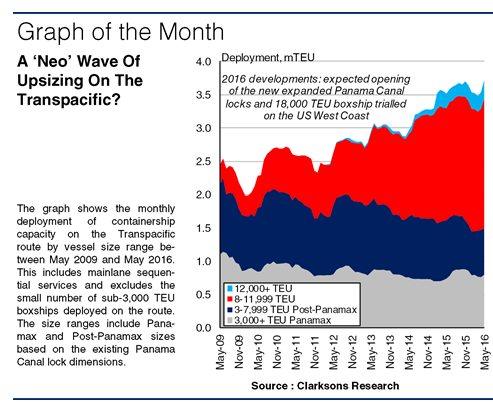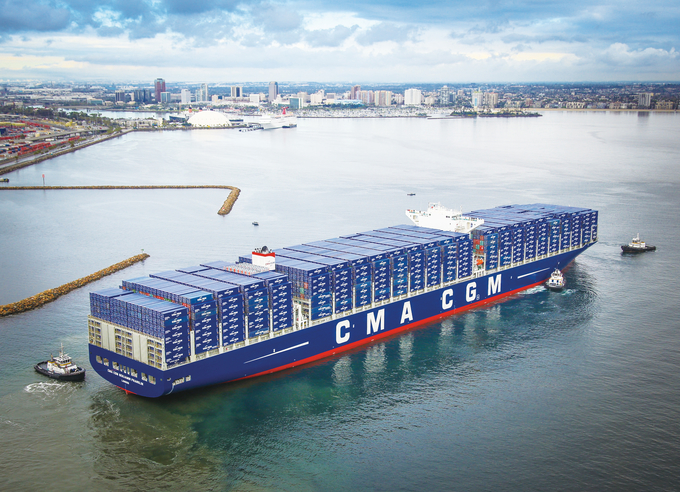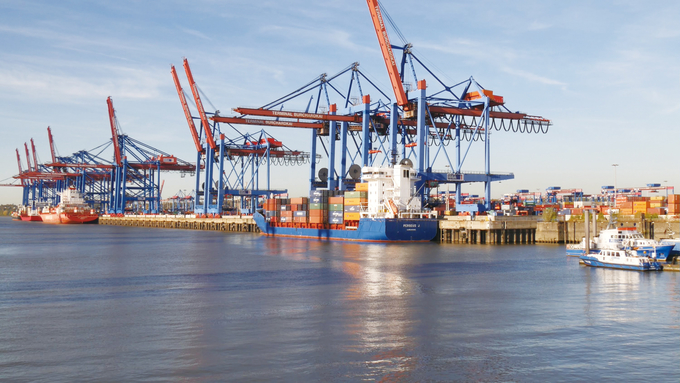In 2015, it was the Asia-Europe route which was the focus of changing deployment trends. This year, it is the Transpacific trade which looks poised to drive key changes in containership deployment, with the expansion of the Panama Canal due to open in late June. In addition, there is now increased interest in the deployment of ‘mega’-boxships on the Transpacific route.

The Transpacific trade is almost entirely comprised of routes from Asia to the US West and East (including the Gulf) Coasts. Routes to the US East Coast operate through the Panama and Suez Canals, with around 150 Panamaxes using the Panama Canal. Much larger containerships operate on the Asia-US West Coast route, and the deployment of 8-11,999 TEU vessels doubled from 1.0m TEU in May 2013 to 2.0m TEU in May 2016 (see the Graph of the Month). However, this has generally not extended to the largest 12,000+ TEU size range, with only 22 ships of 0.3m TEU in this sector currently operating on the route.
The new locks will allow containerships sized up to around 13,500 TEU to transit the Panama Canal, with only about 200 boxships currently in the fleet understood to be too large to transit the new locks. Much of the existing 0.8m TEU of Panamax capacity deployed on the Transpacific is expected to be upsized; for example, the ‘CKYHE’ alliance has announced that from June onwards it will upsize its Asia-US services via the Canal to ships of 6-10,000 TEU, and the ‘G6’ will deploy vessels of around 10,000 TEU.
Other operators have yet to announce their own plans, although the full upsizing of Panama services is expected to be a gradual process. Only three US East and Gulf Coast ports currently have channels with the 50-foot depth that these larger Post-Panamax vessels require, whilst other dredging and infrastructure projects, such as the raising of the Bayonne Bridge, are a year or more from completion.
Existing 12,000+ TEU ship deployment on the Transpacific is almost exclusively sized 12-14,000 TEU. Earlier in 2016, CMA-CGM trialled the deployment of the 17,859 TEU ‘CMA-CGM Benjamin Franklin’ to US West Coast ports, although it has reportedly frozen plans to upgrade an entire service to this ship size.

Limiting factors to vessel upsizing on this route centre around a lack of wayport options and port box-handling efficiency. Whilst significant upgrading to these sizes is not expected soon, some US West Coast ports are investing in the infrastructure needed to handle mega-boxships.
So the expansion of the Panama Canal is expected to drive significant upsizing on the Transpacific trade, although the deployment of c.13,500 TEU ships is only likely once US East Coast ports are fully expanded. Whilst one operator has shown that US West Coast ports can handle very large ships, there are still notable hurdles to clear before Transpacific services upgrade to these sizes. But with 66% of orderbook capacity in the 12,000+ TEU size, operators on services from Asia to both the US East and West coasts are likely to be watching closely for when further upsizing options arise.
(Source: Clarksons)

















